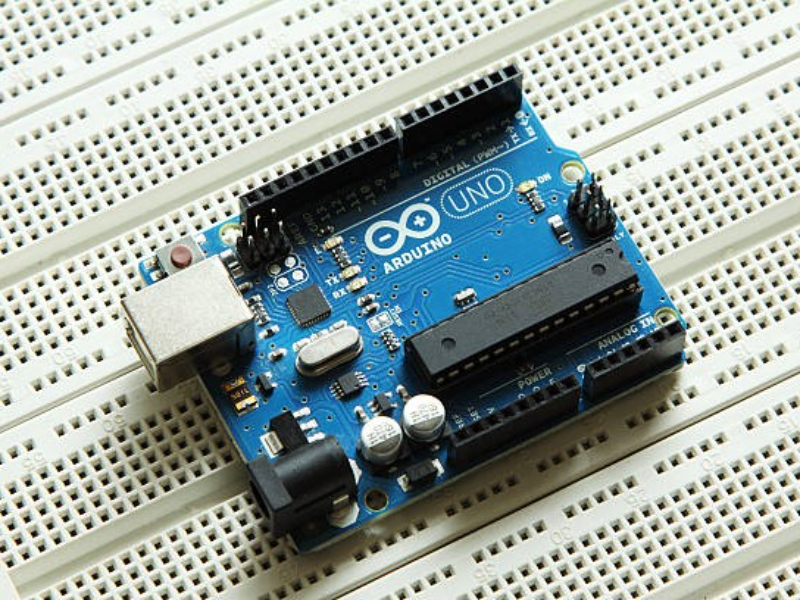- Microcontrollers integrate a processor, memory, and peripherals on a single chip, making them ideal for embedded systems, while microprocessors require external components and are suited for complex computing tasks.
- The choice between a microcontroller and a microprocessor depends on the specific needs of your project, such as the level of control, power consumption, and processing capability required.
In the world of electronics and computing, microcontrollers and microprocessors are fundamental components, each serving different purposes. While they might seem similar, understanding their unique characteristics is crucial for selecting the right one for your project. This blog will explore the key differences between microcontrollers and microprocessors, providing insights into their specific applications and benefits.
Understanding microcontrollers and microprocessors
1. Microcontrollers: A microcontroller is a compact integrated circuit designed to govern a specific operation in an embedded system. It contains a processor, memory, and input/output peripherals on a single chip, making it highly efficient for tasks like controlling devices, processing sensor data, and managing user interfaces. Microcontrollers are commonly used in applications where real-time processing and low power consumption are critical, such as in automotive systems, home appliances, and IoT devices.
2. Microprocessors: A microprocessor, on the other hand, is the brain of a computer system, designed to execute a wide range of instructions and process large amounts of data. Unlike microcontrollers, microprocessors do not include built-in memory or peripherals. Instead, they rely on external components for tasks like memory management, input/output operations, and interfacing with other devices. Microprocessors are best suited for applications that require high computational power, such as personal computers, servers, and advanced computing systems.
Also read: Malaysia’s Revolutionary ‘Biodome’ elevates STEAM education
Also read: Who is Jensen Huang? Founder of chipmaker Nvidia
Key differences between microcontrollers and microprocessors
1. Component integration: Microcontrollers integrate all essential components—processor, memory, and peripherals—on a single chip, minimising the need for external components. This makes them ideal for applications where space and power efficiency are critical. In contrast, microprocessors rely on separate chips for memory and I/O functions, allowing for greater processing power but at the cost of increased complexity and size.
2. Power consumption: Microcontrollers are designed for low power consumption, making them suitable for battery-operated devices and energy-sensitive applications. Microprocessors, while more powerful, typically consume more energy, which is why they are used in systems where power is less of a constraint, such as desktops or servers.
3. Processing power: Microprocessors offer higher processing power, supporting more complex and computationally intensive tasks. Microcontrollers, with their integrated design, provide sufficient processing power for simpler, dedicated tasks that don’t require the capabilities of a full-fledged computer.
4. Application scope: Microcontrollers are commonly used in embedded systems where they perform specific, repetitive tasks. Examples include controlling a microwave’s operation or managing an automobile’s engine functions. Microprocessors are used in general-purpose computing tasks where versatility and high performance are necessary, such as in PCs, tablets, and smartphones.
5. Cost: Generally, microcontrollers are more cost-effective due to their integrated nature and lower complexity. Microprocessors, with their higher processing capabilities and need for additional components, are usually more expensive.
6. Development and debugging: The development environment for microcontrollers is often simpler, focusing on specific tasks with streamlined tools. Microprocessors, however, require more complex development environments and debugging tools due to the broader scope of applications and the integration of multiple external components.

